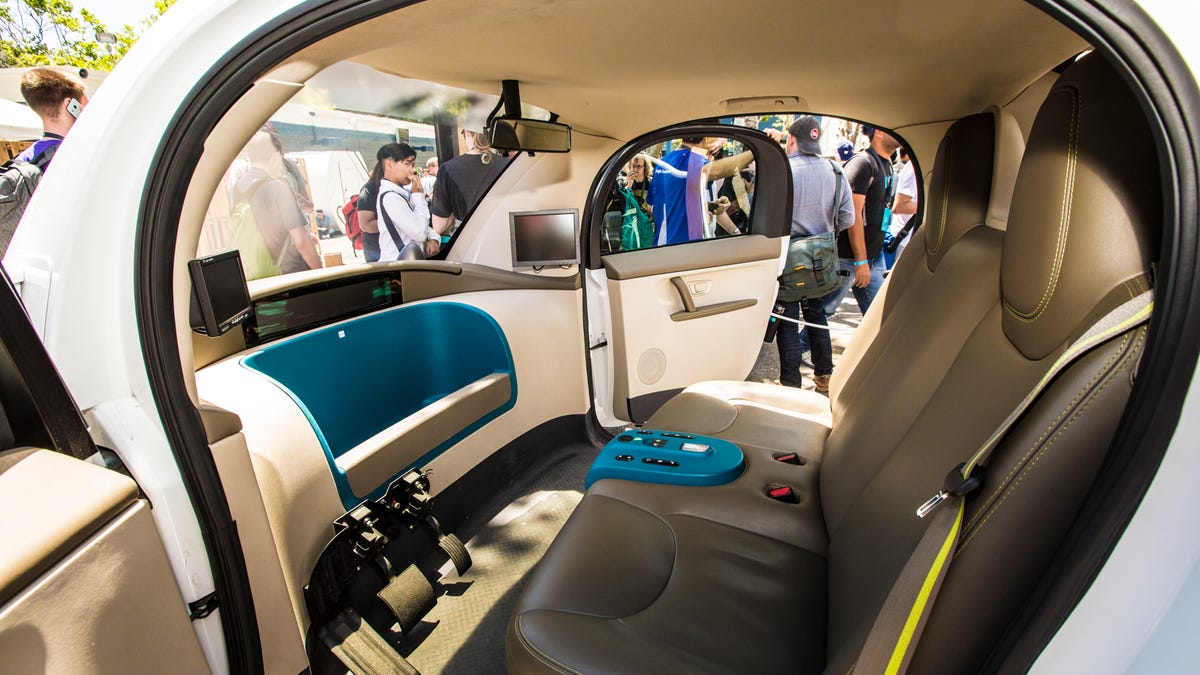When cars are self-driving, we'll have a lot more time to wretch
New technologies are coming to prevent nausea in autonomous cars.

If you get a little queasy riding in a car, the autonomous future promises more illness. Even when sitting in the driver's seat you're essentially a passenger. This is well-known to carmakers, so research is proceeding on several fronts to create in-car tech that will be the equivalent of digital Dramamine.
University of Michigan researchers outline three roots of carsickness felt by at least six percent to 12 percent of US passengers:
- Lack of motion anticipation, when a car's movement comes as a surprise to you instead of a command by you.
- Lack of motion control, when a car's movement may be expected, but the nature of it is not, nor is it controllable by you.
- Vestibular and visual conflict,when your eyes see something stable like a phone screen or book, but your inner ear feels that you're moving.
These are much of what makes an amusement park ride exhilarating, but most of us don't want our commute to have anything in common with Space Mountain.
One solution proposed by U of M is to use a series of small LED lights to indicate a car's motion and telegraph its next action in our visual periphery, either with lights embedded in the car's interior or in glasses we would wear for driving.
Uber has proposed a similar technique that uses both visual indication as well as distracting sensory stimuli, perhaps gentle puffs of air or vibrating seats to defocus your vestibular and visual conflict.
Another approach would go through your nose. Auto interiors maker International Auto Components thinks aromatherapy could be a feature of its future cabin components, emitting essences of ginseng or lavender to cure motion sickness. The idea isn't that far out there. Various forms of ginger are used as a deterrent to virtual reality nausea.
Meanwhile, car designers can do a lot with pens and clay to prevent us from getting green at the gills. Designs that embrace a taller, more airy greenhouse rather than the bunker-like interiors of many cars today could offer more casual reference to the car's motion in our peripheral vision. And the programming of autonomous cars can be smoothed so that abrupt starts, stops or direction changes are avoided, in line with the same ethic airline pilots embrace for their passengers.

